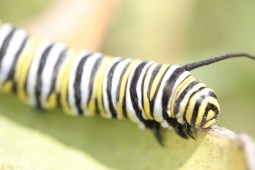 Multitudes of Microbes (start time: 3:38): You may find it unsettling to learn that our human cells make up only half of our bodies. The other half is a bunch of microbes (in the neighborhood of 40 trillion), all living and reproducing in, and on, our bodies. What’s more, these invisible machines could have a powerful influence on your brain, and on your overall health. Ed Yong, a staff writer for The Atlantic, found it disconcerting at first to learn this when he researched his book called “I Contain Multitudes: The Microbes Within Us and a Grander View of Life.” The book, published earlier this year, explores the mysterious partnerships between humans, and many other species, and the mighty microbes with which we have co-evolved. Today we air the full phone interview that How On Earth host Susan Moran recently had with Yong. We played short clips of the conversation during our fall pledge-drive show last Tuesday. Thanks to you listeners who pledged! And thanks to Yong’s publisher, Ecco, an imprint of HarperCollins, for donating to KGNU several copies, which some generous members are now reading. This interview continues our series called “Our Microbes, Ourselves.”
Multitudes of Microbes (start time: 3:38): You may find it unsettling to learn that our human cells make up only half of our bodies. The other half is a bunch of microbes (in the neighborhood of 40 trillion), all living and reproducing in, and on, our bodies. What’s more, these invisible machines could have a powerful influence on your brain, and on your overall health. Ed Yong, a staff writer for The Atlantic, found it disconcerting at first to learn this when he researched his book called “I Contain Multitudes: The Microbes Within Us and a Grander View of Life.” The book, published earlier this year, explores the mysterious partnerships between humans, and many other species, and the mighty microbes with which we have co-evolved. Today we air the full phone interview that How On Earth host Susan Moran recently had with Yong. We played short clips of the conversation during our fall pledge-drive show last Tuesday. Thanks to you listeners who pledged! And thanks to Yong’s publisher, Ecco, an imprint of HarperCollins, for donating to KGNU several copies, which some generous members are now reading. This interview continues our series called “Our Microbes, Ourselves.”
Hosts: Kendra Krueger, Susan Moran
Producer: Susan Moran
Engineer: Kendra Krueger
Executive Producer: Beth Bennett
Listen to the show:
Podcast: Play in new window | Download (Duration: 24:39 — 22.6MB)
Subscribe: RSS




 This week’s pledge- drive show features a teaser introduction to Ed Yong’s new book
This week’s pledge- drive show features a teaser introduction to Ed Yong’s new book 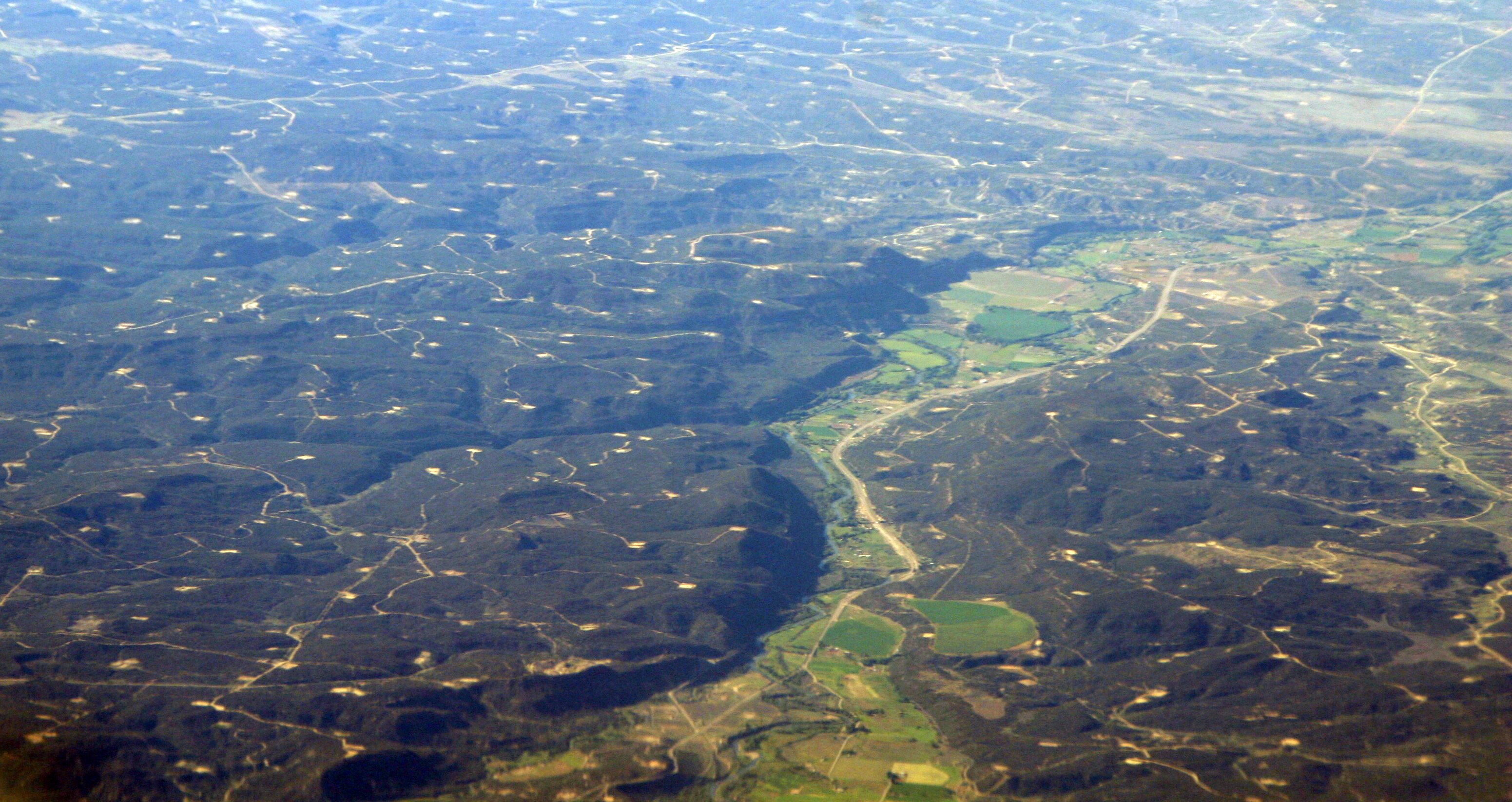

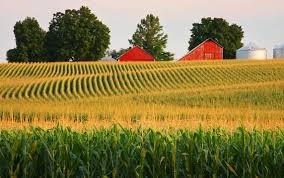



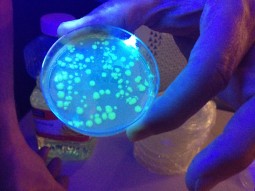
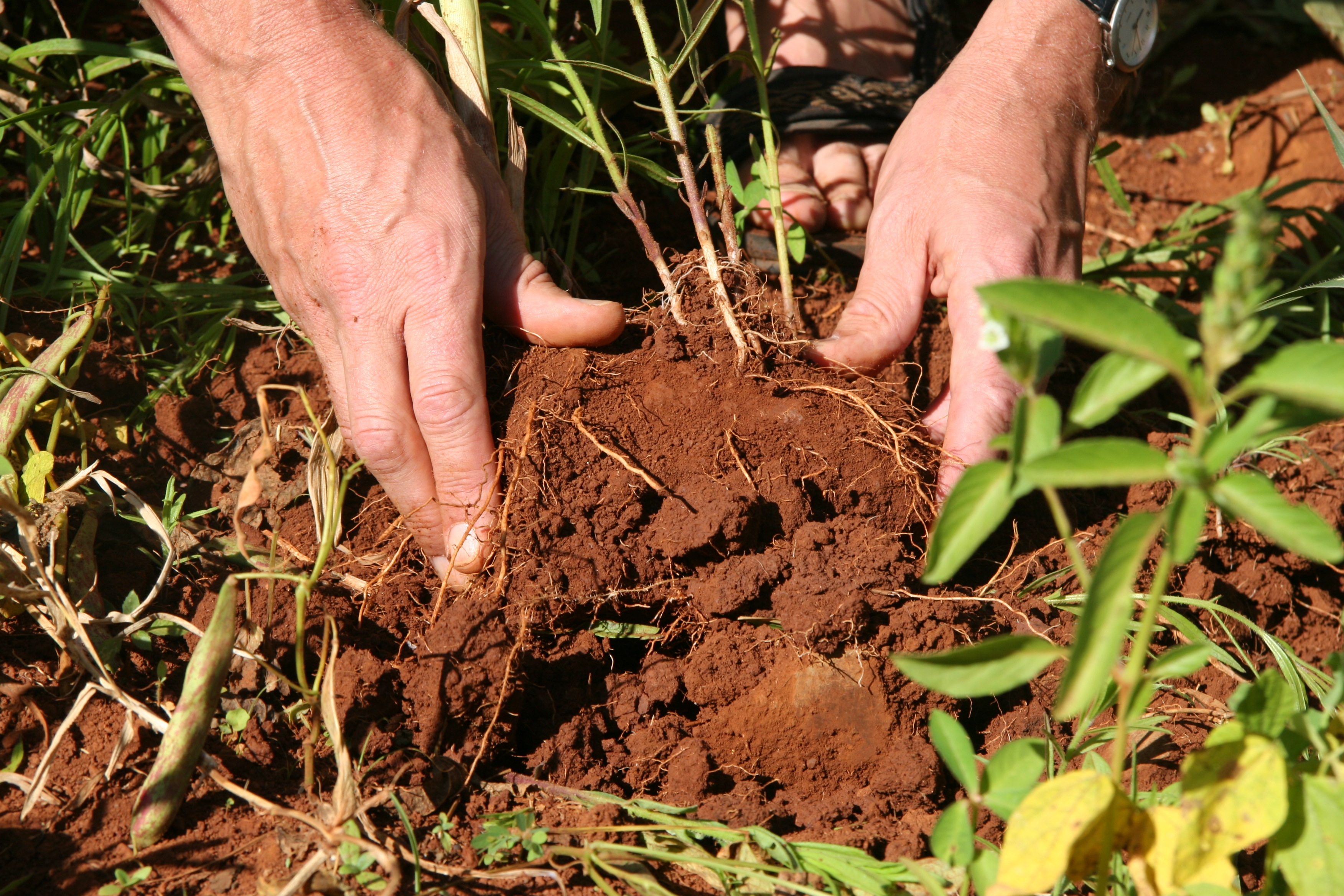
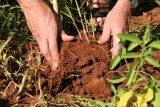

 Mind+Body Science (start time: 4:52): If you’ve ever struggled to decide whether to see a Western conventional doctor or an “alternative” medical practitioner for ailments ranging from a compromised immune system to irritable bowel syndrome, you are aware of a deep divide between the two camps. Dr. Jo Marchant, a British geneticist and science writer, has delved into the science and politics of mind-body connections in her new book. It’s called
Mind+Body Science (start time: 4:52): If you’ve ever struggled to decide whether to see a Western conventional doctor or an “alternative” medical practitioner for ailments ranging from a compromised immune system to irritable bowel syndrome, you are aware of a deep divide between the two camps. Dr. Jo Marchant, a British geneticist and science writer, has delved into the science and politics of mind-body connections in her new book. It’s called 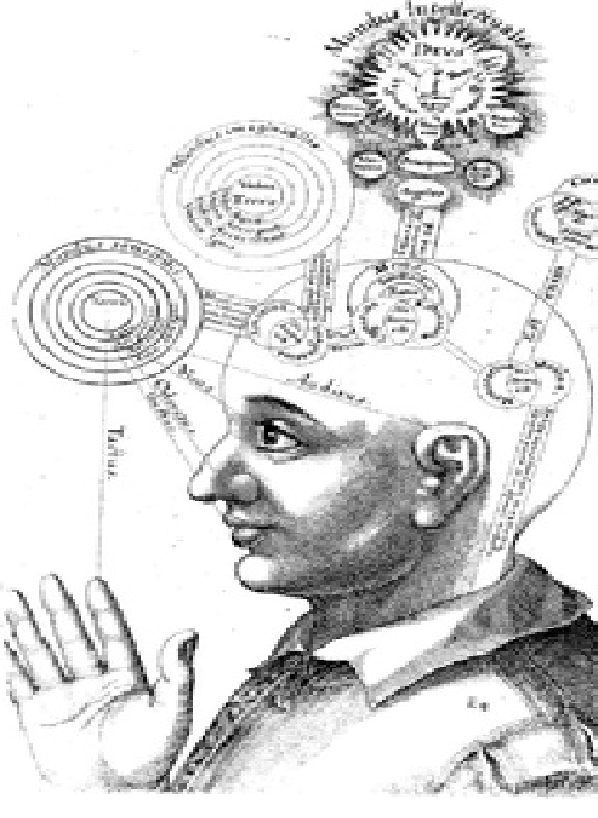
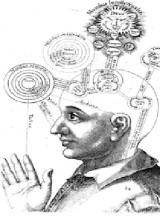
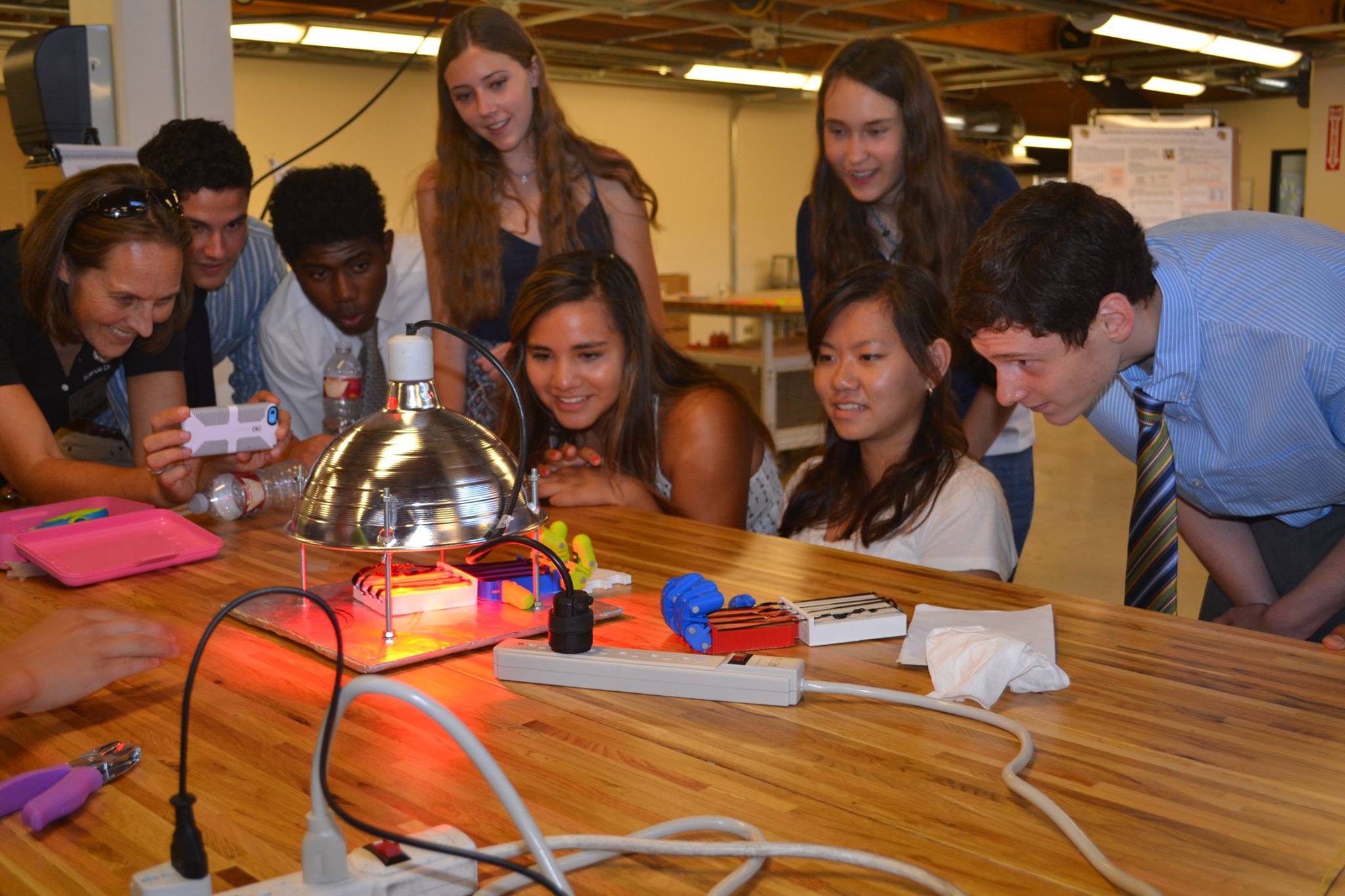
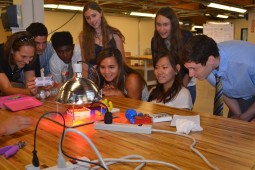
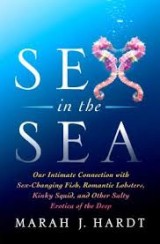 Sex & Evolution Beneath the Waves (start time: 14:45) Ever wonder about the sex lives of gender-bending fish, desperately virgin elephant seals, and other creatures of the sea? Marine ecologist
Sex & Evolution Beneath the Waves (start time: 14:45) Ever wonder about the sex lives of gender-bending fish, desperately virgin elephant seals, and other creatures of the sea? Marine ecologist 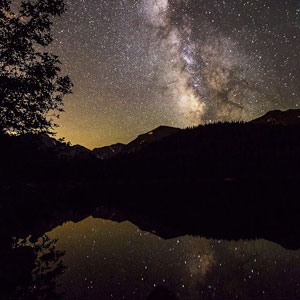
 Winter Stars (starts at 5:30). We talk with Dave Sutherland, an interpretive naturalist with Boulder Open Space and Mountain Parks, about winter star-gazing. This program is tied to an upcoming concert performance by the Boulder Philharmonic Orchestra on February 12, 2016. More information about the Boulder night hikes and other programs can be found at:
Winter Stars (starts at 5:30). We talk with Dave Sutherland, an interpretive naturalist with Boulder Open Space and Mountain Parks, about winter star-gazing. This program is tied to an upcoming concert performance by the Boulder Philharmonic Orchestra on February 12, 2016. More information about the Boulder night hikes and other programs can be found at: 